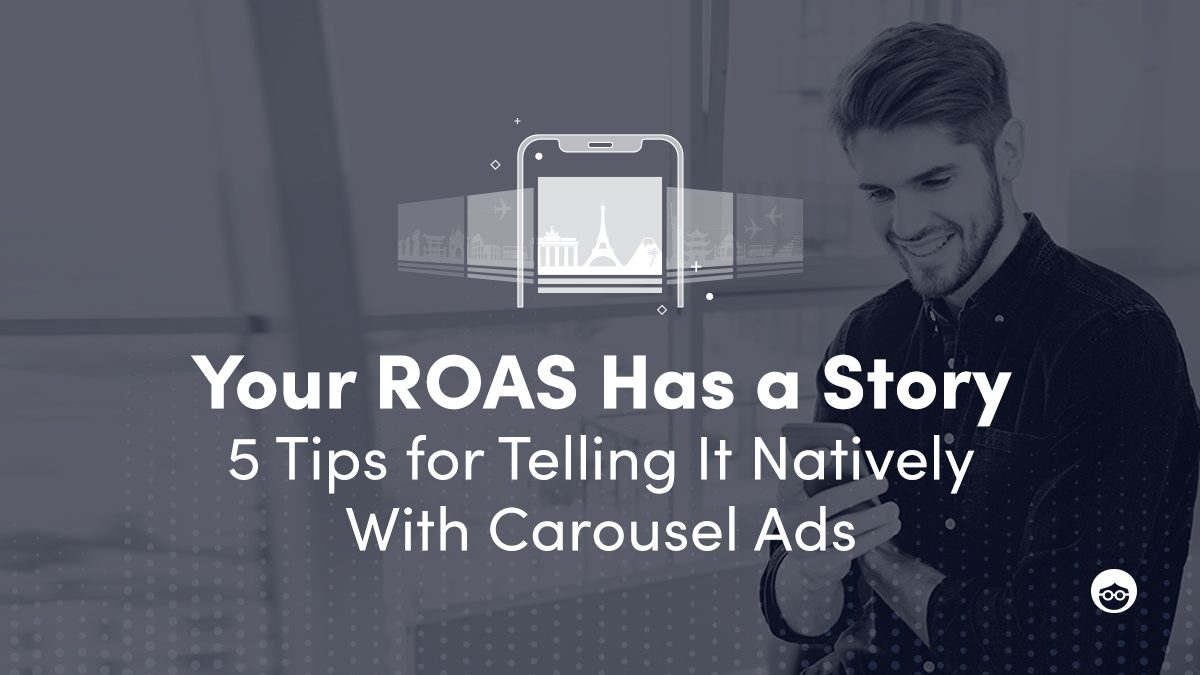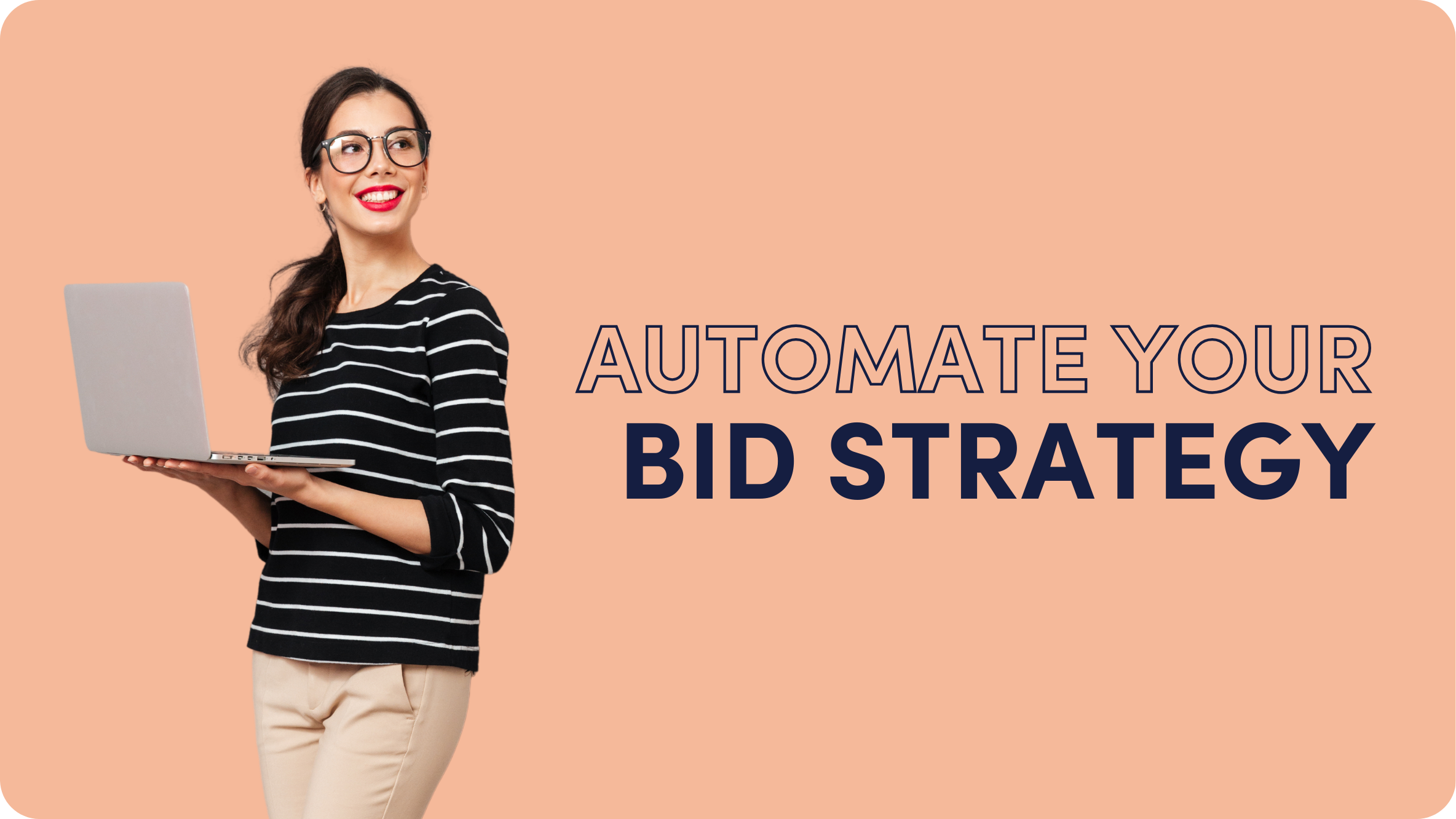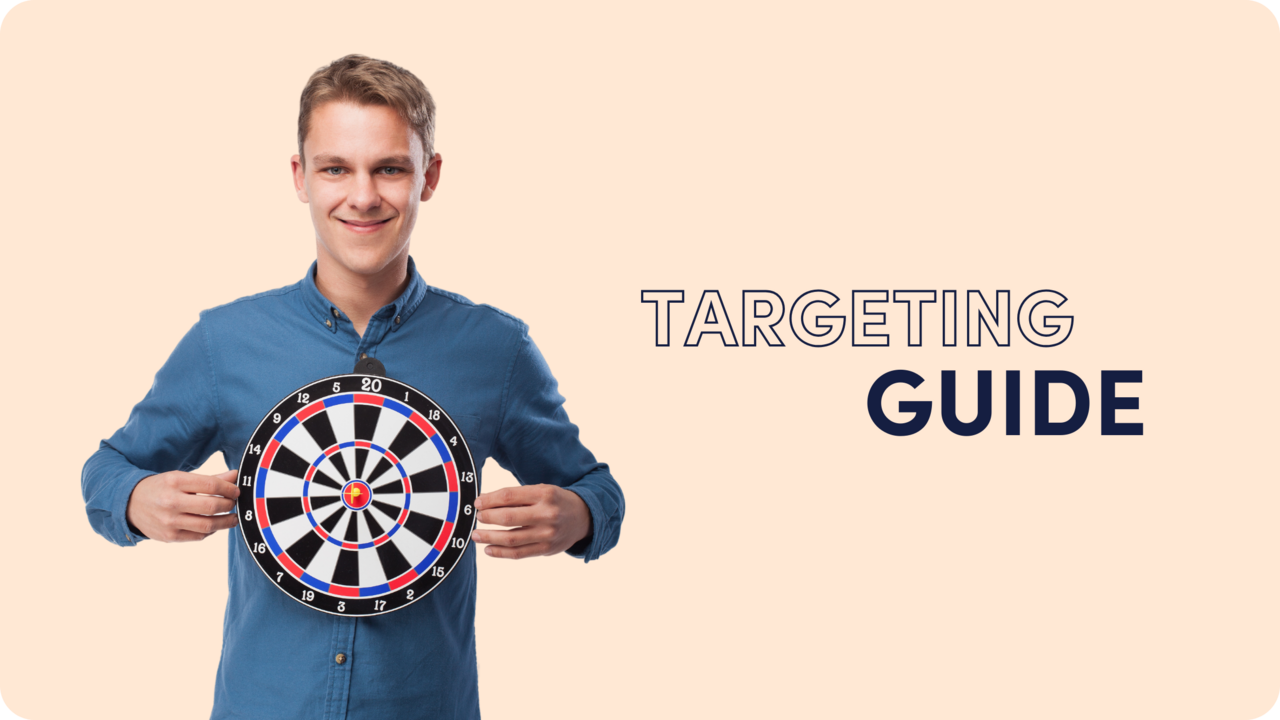5 Best Practices for Driving Native Results With Carousel Ads

Once upon a time, advertisers had to rely on a singular image and a lonely line of text to fully summarize their brand’s message before announcing it to the digital masses.
Well, friends, you know what we say to that? Snooze. 😴
Truth is, web-loving audiences have become desensitized to the same, overplayed static ad that all too often produces an unmemorable online experience. And really, who could blame them?
Which is what makes Carousel Ads, our trendiest native launch, so fitting. An interactive, customizable multi-ad format that bridges the gap between your brand’s story and over 908 million consumers across the open web — from discovery to conversion, and back.
But hey, we wouldn’t send you off on a new journey without packing you a few tools first! So, take a couple of moments to explore 5 timely tips for creating a native Carousel strategy that really sticks:
- Get Strategic With Your Image Sequencing
- Open the Full-Funnel With Targeting
- Don’t Skip Those CTAs!
- Creative Components: Test… And Then Test Again
- Report (And Track!) Results Like a Pro
Trust us — your audiences (and your ROAS!) will thank you.
1. Get Strategic With Your Image Sequencing
Before building your first Carousel, ask yourself: “What narrative am I trying to convey to my audiences?”
Because whether you’re spotlighting the latest product offerings or promoting retirement incentives, developing enticing image sequences can ensure consumers continue to swipe through your brand’s full-story profile.
For instance, are you promoting different features of a trending mobile application? Or, displaying the full range of hotel amenities? Reflect on how your target consumer might digest your brand’s offerings and position your images with that narrative in mind.
💡Brainy Tip: Think square when it comes to optimizing image formats, as a 1:1 ratio is ideal. Remember, refrain from repeating imagery within the same unit and consider positioning the best performing image cards first after testing.
2. Open the Full-Funnel With Targeting
They say go big or go home, and that same sentiment rings true when it comes to your audience strategy!
So, while native Carousel Ads are a great way to build upper-funnel brand awareness and consideration, don’t forget about the role they play in actual conversion generation.
And, when it comes to audience targeting, try not to get too much into the nitty-gritty. The goal is to scale your ad content natively, so keep your targeting broad and adjust accordingly once enough data accrues to make informed segment decisions.
💡Brainy Tip: Create a few campaigns focused on Retargeting, messaging consumers who previously interacted with your site in general, or, visited specific URLs. This will allow you to customize highly relevant Carousels that speak to those specific audiences.
3. Don’t Skip Those CTAs!
It might be tempting to assume that images are the most important feature of your Carousel units. After all, a picture is worth a thousand words, right?
Trouble is, that picture may not help much if your audiences aren’t sure where a click on it will get them. Which is exactly why leveraging CTA buttons on each of your Carousel cards is crucial, especially when it comes to significantly boosting CTRs.
So, while adding these handy buttons is technically optional in your dashboard, we’re giving them two thumbs up when it comes to strongly recommending their usage — every time.
💡Brainy Tip: Customize your messaging with 15 predefined CTA text options, mixing and matching on different cards where appropriate — even if it’s within the same Carousel unit!
4. Creative Components: Test… And Then Test Again
Let’s be honest — the last strategy you’ll want with Carousel is “set it and forget it.”
With multiple headlines, images, and CTA options, the possibilities are almost endless when it comes to driving conversions through experimentation with different component combinations.
Keep in mind, oftentimes one experiment won’t do the trick. Implement several similar tests over different time periods to better validate results and ensure they run long enough to gather meaningful metrics.
💡Brainy Tip: Conduct A/B tests across different campaigns to determine optimal component blends, adjusting one element at a time to properly identify indicators of performance. Also, this could be the perfect opportunity to test how different Campaign Objectives in your Outbrain dashboard affect your Carousel performance.
5. Report (And Track!) Results Like a Pro
You’ve set up your targeting, planned your component testing, and launched your first native Carousel Ad. Cue the random party playlist! 🎉
Now, how to tell if your strategy is actually working?
Given the volume of impressions, clicks, and conversions that will stream through, be sure to set measurable KPIs for your Carousel campaigns and schedule regular reports in the Outbrain dashboard.
And oh, calling all e-Commerce Marketers! Take advantage of unique conversion goal tracking (such as “Add to Cart” or “Purchase”) that stems from Carousel Ads, even including those hosted on Shopify-enabled sites.
💡Brainy Tip: With reporting tools like those in the Outbrain dashboard, you can filter and export performance reports of your Carousel campaigns. Even better, drill down to the individual card level by selecting “By Card” in the dropdown menu to get granular data.
So, ready to join in the addiction that is the native #SwipeHype?
Discover more details, or simply jump right in — it’s as easy as creating a new account or signing in (if you’re already amplifying), and selecting “Carousel” when creating a new, or editing, a campaign.
And, why stop there? Get even more hyped with inspiring tips for creating engaging, native Carousel content that your audiences won’t soon forget.
Enjoy the journey!







![[Infographic] Which Ad Headlines and Images Catch Your Readers’ Attention?](https://www.outbrain.com/blog/wp-content/uploads/2024/01/ad-headlines-and-images-best-practices.png)



